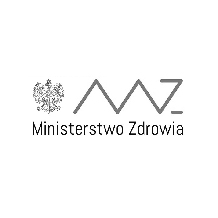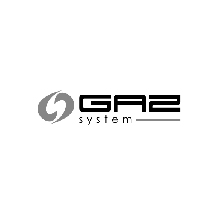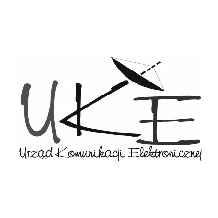Vulnerability management
Identification and elimination of vulnerabilities
This service aims to provide comprehensive support from the moment of identification of vulnerability to the moment of protecting the ICT environment. Vulnerability management is a service of identification, verification, and support in the implementation of appropriate action in the event of security vulnerability appearance. The service is based on passive and active scanning of vulnerabilities in defined periods.
The service includes:
- passive identification of known vulnerabilities,
- active identification of vulnerabilities in specific, cyclic time windows,
- analysis of identified vulnerabilities (confirmation of the existence, estimation of exploitation risk),
- communication with IT services about the risk related to the identified vulnerability,
- development of recommendations,
- assisting in the implementation of recommendations and verification after closing the security gap.
The Service addresses the requirements of the General Data Protection Regulation (GDPR), The Directive on security of network and information systems (NIS Directive), ISO/IEC 27001 and ISO/IEC 20000.
What is vulnerability??
Vulnerability is a security gap or an incorrect configuration of an IT system that may lead to a breach of security or ultimately to a complete compromise of the IT infrastructure. Vulnerabilities are caused by lack of update (especially security update), inconsistent security architecture, incorrect configuration of the operating system or application server. Vulnerability management is an element of the ICT system maintenance process, regardless of its scale, weight or technology. Dynamic growth of threats and public exploits availability in an easy way which may lead to discrediting the systems and, as a result, to financial and image-related losses calculated in tens of thousands of dollars.
Learn about 5 stages of effective vulnerability management
- Initiating activities
- Identification of vulnerabilities
- Vulnerability verification
- Report preparation
- Support in the vulnerability removal
What does your organization gain from a vulnerability management service?

Support in the removal of threats after the report preparation

Up-to-date information on the status of IT system security

Compliance with the General Data Protection Regulation (GDPR)

Preventing and limiting the effect of attacks

Technical information preceded by verification

Relevant information for risk analysis
We know how to help!
- We support the Client until the threat is mitigated – the service does not end with the delivery of a report
- We keep false-positive results to a minimum
- We provide a comprehensive approach to the identification of vulnerabilities
- We have an experienced team of cybersecurity specialists supported by engineers and programmers.
- We work on-site in the Customer’s location and online (remotely)
Klienci
Partnerzy




























